Tag: cognac
Sediment in Cognac
The cognac industry is quite touchy about the appearance of a bottle of cognac. In the world of high value spirits, sediment is not desirable as it can either lie on the bottom of the bottle or cause cloudiness of the spirit. But is it really a problem? Well, we all understand that cognac is aged in oak casks. Initially it is put into new ones and then, after about 6 – 12 months, it is transferred into old ones. When the casks are new, they are toasted to destroy the harmful tannins in the wood. At this stage, only… Read more
The Importance of the Cognac Cellars
The concept of barrel ageing is said to have been conceived by wine merchants when shipping their wines from the harbour at La Rochelle. The weak and commonly sweet wines that were shipped along the Charente from Cognac often became rancid. The wine merchants therefore reduced their volume by distillation, before shipping abroad in oak barrels. After their arrival in foreign ports it was noticed that the clear distillates within had coloured and gained in flavour. Many centuries later we have learnt much about ageing our cognacs. The considerations of barrel age, size and wood are regarded by many as… Read more
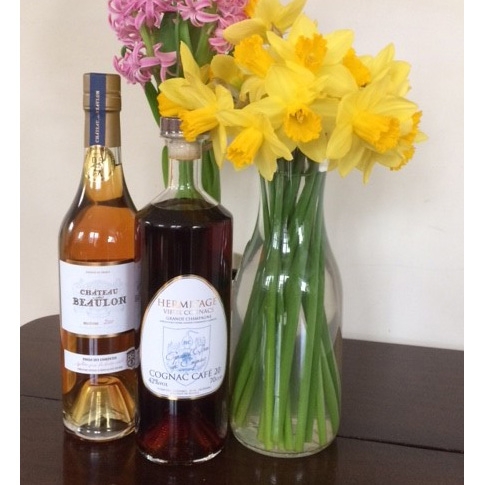
Mother’s Day and Spring Celebrations
March has lots of reasons to celebrate. The Celts can enjoy St David’s Day or St Patrick’s Day with daffodils and shamrocks symbolising the onset of spring. This floral theme is perfect also to celebrate International Women’s Day and of course Mother’s Day on 26th March. All our March Offers have floral tones too – Raymond Ragnaud 35 Grande Champagne Cognac has been aged for 35 years and developed magnificent floral and rich, woody qualities. The visually stunning Pomme Captive Calvados has aromas of green apple, geranium and mint whilst the 5 year old Pineau des Charentes Rosé from Bertrand… Read more
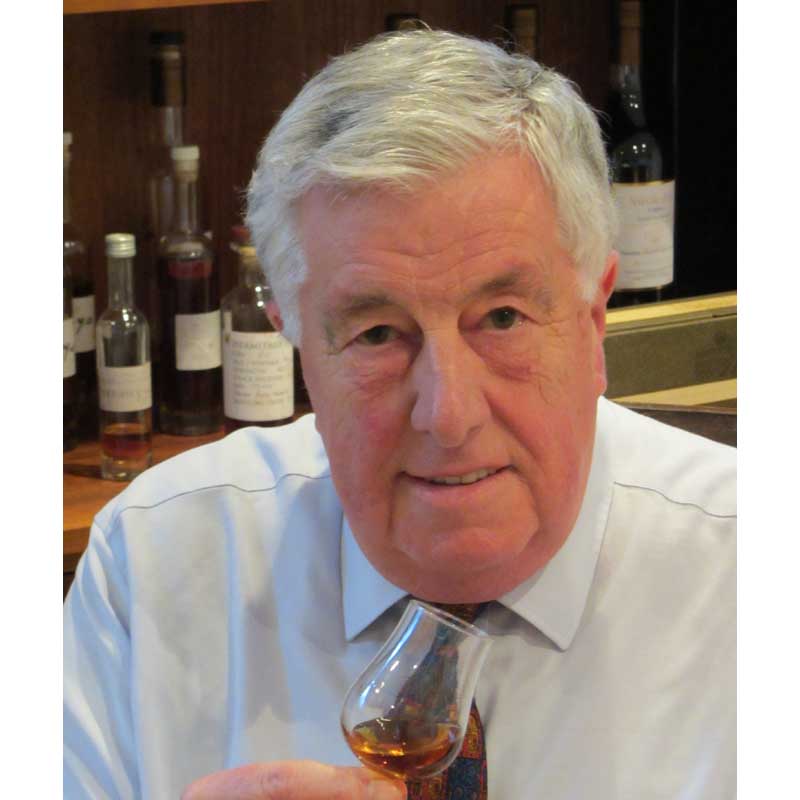
Cognac Balance
The process of distilling cognacs requires that the wines are distilled twice, the second distillation must be between 67-72.4 degrees. The spirit, known as eau de vie, is water clear and tasting it can render the tongue numb for several days. Little surprise then that young cognacs, aged for the minimum time, have to be reduced to a lower level of alcohol and additives used to colour and hide the aggressiveness of the spirit and so achieve some Cognac balance. The natural colour of cognac is derived from the tannins in the oak barrels. The use of new barrels after… Read more
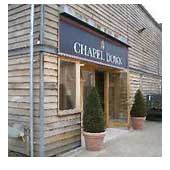
English Grape Brandy
Chapel Down, the highly successful English wine producer, has just released a 23-Year-Old Grape Brandy made from grapes grown in Kent. The spirit was distilled in 1992 and then aged in French oak. According to one spirits writer it has “all the hallmarks of a complex armagnac or calvados but with its own personality”. By definition brandy is a spirit made from a fruit. Just like Chapel Down, armagnac and cognac are brandies made from grapes but they each have to be made under very strict conditions. Most importantly the grapes must be grown in one of the designated cru… Read more
Amazon’s Sommelier by Phone Service
Online retailer, Amazon, has just launched a new Sommelier By Phone Service in Japan. Prospective purchasers can leave their phone number on the purchasing page of a specific bottle; they will then be telephoned by a sommelier who will answer questions and advise on flavour and alternatives; more information will follow by e mail. Another great innovation by Amazon – or is it? Here at Brandyclassics we have been offering this service since our inception, a quarter of a century ago. Always happy to talk and advise about our handpicked products by phone or email, we think our experience and expertise… Read more
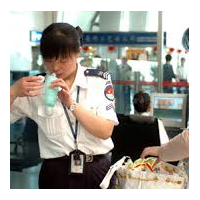
Whole Bottle of Cognac Drunk Before Flying
A Chinese woman reportedly downed a full bottle of XO cognac at a Beijing airport security control after being told that she could not take it on board. Staff told her she was not allowed to carry the bottle in her hand luggage because it exceeded the 100ml limit and so, not wanting to waste the purchase, she apparently drank the entire contents. This did not seem to help her cause any as she was then deemed too drunk to board the flight. But looking on the plus side, at least she was probably too inebriated to taste most of… Read more
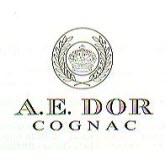
A Great Name Disappears – A.E.Dor is no more.
The firm A E Dor has been sold to the Cognac co-operative, Uni-Cognac, for an undisclosed sum. We understand that Uni-Cognac are keen to move into the Far East market and regard the Jarnac based firm of Dor as a significant name in the industry. The firm had a number of owners including a relative, we believe the brother, of the French President Franҫois Mitterrand before it was bought by Odile and Jacques Riviere. Odile ran the firm and was highly regarded in the industry as a gifted blender. She became one of the five best female blenders in the industry. Sadly… Read more
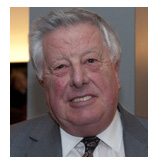
David on Technical Topics – Adding Water to Cognac
We call it dilution in the industry and nearly every cognac needs to have a level of dilution to optimise its qualities. Some cognacs are superbly smooth and almost too easy to drink whilst others are fiery and aggressive and seem to burn the mouth with every mouthful drunk. Getting the optimum balance between aggressiveness and flavour is a skill that must be acquired in order to maximise the quality of the cognac. Adding water to cognac is certainly not just a case of pouring water from the tap into a barrel of cognac. The water must be pure and… Read more

David on Technical Topics – Is there a need to Blend Cognac?
There are between four and five thousand cognac producers in the Charente and Charente Maritime region of France. Only brandy produced here, under strict regulations, is allowed to be called cognac. The world market for cognac is hundreds of millions of bottles but because cognac can only be made once a year, after the grape harvest, the amount that can be sold is limited to how much can be made. The situation is made yet more difficult as even the very youngest cognac has to be aged for 3 years in oak barrels before it can be sold. The big… Read more
